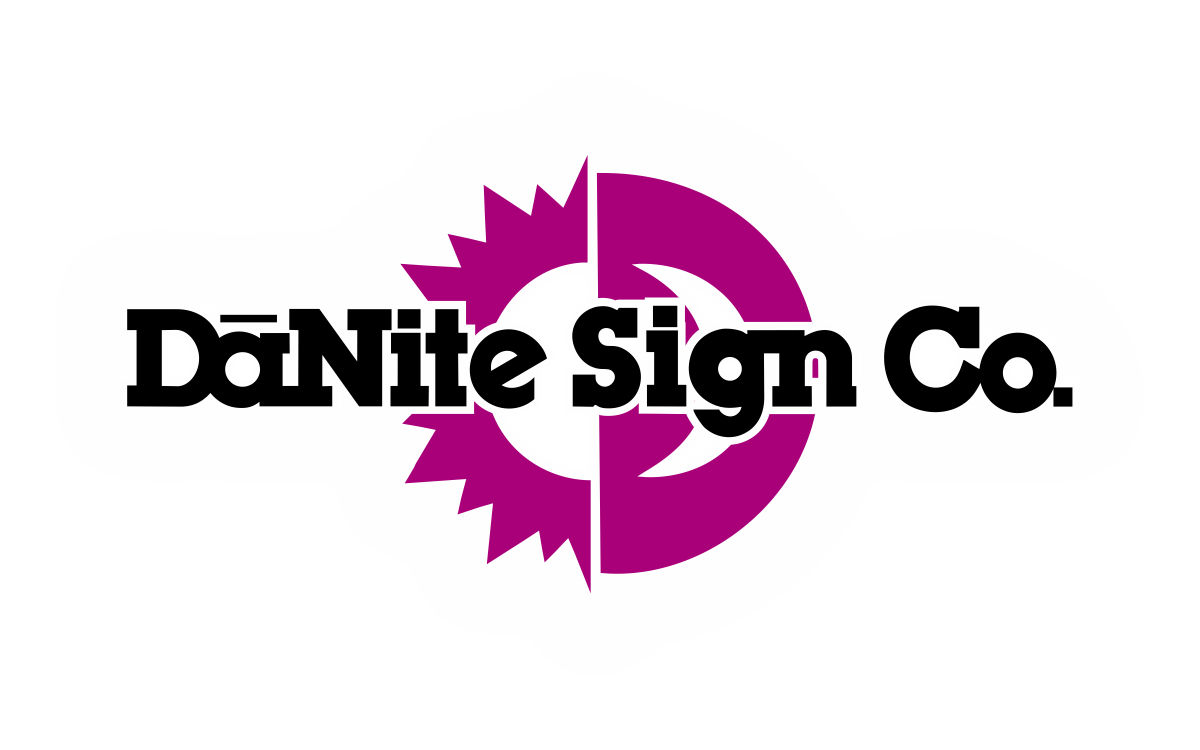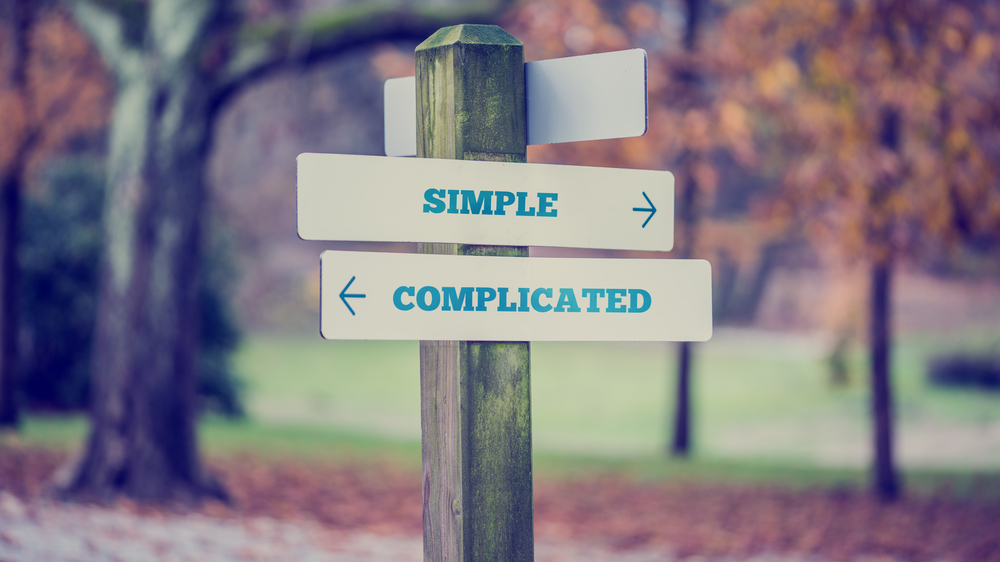Effective sign design is a crucial element for any business, event, or personal branding effort. A well-designed sign catches the eye and communicates a clear message to its audience. However, the process of creating an impactful signage design can be fraught with common mistakes that can undermine its effectiveness. In this blog, we’ll explore the most common mistakes to avoid in sign design to ensure your signs are both visually appealing and functional.
Signs: Ignoring the Purpose and Context
Understanding the Purpose of Your Sign
Before diving into the design process, it’s essential to understand the purpose of your sign. Is it for directing traffic, promoting a sale, or simply enhancing brand visibility? Each purpose demands a different approach in design. For instance, a business sign to draw customers into a shop it must be attention-grabbing and include clear branding elements. On the other hand, directional signs should focus on clarity and ease of reading.
Contextual Placement and Environment
Another central factor is the placement and environment where your sign will be installed. Signs in high-traffic areas might need larger text and bolder colors to stand out, while signs for specific events like trade shows might benefit from more elaborate designs to attract attendees. Failing to consider these factors can result in a sign that doesn’t effectively serve its intended purpose.
Overcomplicating the Business Design
Simplicity vs. Complexity
One common mistake in sign design is overcomplicating the design. While including a lot of information and elaborate graphics is tempting, simplicity often leads to better results. A sign cluttered with too many graphics, colors, or messages can confuse or overwhelm viewers. Aim for a design that is straightforward to read at a glance. Focus on key messages and essential elements that clearly convey your intended message.
Avoiding Design Clutter
Avoiding design clutter is vital for effective sign communication. Use white space strategically to prevent your sign from looking overcrowded. Effective signage design should balance images, text, and graphics without overcrowding any one element. This ensures that your message is clear and your design is aesthetically pleasing.
Neglecting Font and Typography
Choosing Readable Fonts
Font choice is a critical aspect of sign design. Many signs fail because the fonts are difficult to read, especially from a distance. When designing signage, choose legible and appropriately sized fonts for the distance from which the sign will be viewed. Avoid overly decorative fonts that can be hard to read, and ensure that the font style aligns with the tone and branding of your business.
Text Size and Hierarchy
Text size plays a vital role in ensuring your message is communicated effectively. Large, bold letters are more readable from a distance, which is particularly important for a business sign that need to attract attention quickly. Additionally, establish a clear hierarchy in your text to guide viewers through the most important information first. For example, use larger fonts for the primary message and smaller fonts for secondary details.
Avoid Using Poor-Quality Materials
Choosing the Right Materials
The choice of materials for your signage can significantly impact its durability and appearance. Using poor-quality materials can result in signs that fade, deteriorate, or become damaged quickly. Whether your sign is for an outdoor business or an indoor event, select materials suitable for the environment and purpose. For outdoor signs, consider weather-resistant materials like aluminum or weatherproof vinyl. Materials like acrylic or high-quality foam can provide a professional look for indoor signs.
Ensuring Proper Installation
Even the best-designed sign can fail if not installed correctly. Ensure that your sign is securely mounted and positioned to maximize its visibility and effectiveness. Improper installation can lead to signs that are easily damaged or don’t serve their intended purpose. Work with experienced professionals who understand the nuances of sign installation to ensure that your sign is installed correctly.
Common Signage Mistakes: Overlooking Branding Consistency
Maintaining Brand Integrity
One of the most critical aspects of effective signage is maintaining branding consistency. Your sign should reflect your company’s brand identity through colors, fonts, and graphics. Inconsistent branding can confuse customers and dilute your company’s identity. Ensure that your signage design aligns with your overall brand strategy, including logo placement, brand colors, and messaging.
Incorporating Brand Elements In Signs
Incorporating key brand elements into your sign design reinforces brand recognition. This includes using your company’s logo, brand colors, and specific fonts representing your brand identity. Consistent use of these elements helps build brand recognition and ensures that your sign supports your overall marketing efforts. Avoid using generic or inconsistent branding elements that could detract from your company’s image.
Failing to Test and Review
The Importance of Proofing
A pivotal yet often overlooked step in sign design is thorough proofing and testing. Before finalizing your sign, ensure that you review all elements—text, colors, and graphics—for accuracy and visual appeal. This step is crucial to catch any errors or design flaws that might have been missed during the initial creation. Proofing helps prevent costly mistakes, such as misspelled words or incorrect information, which can damage your professional image and undermine the effectiveness of your signage.
Testing Designs in Real-World Conditions
In addition to proofing, testing your sign design in real-world conditions is important to ensure it performs as expected. This involves evaluating how the sign looks and functions in its intended environment. Consider factors such as lighting, weather conditions, and visibility from various angles for outdoor signs. For indoor signs, check how the sign complements the surrounding decor and whether it remains legible in different lighting situations. Testing your sign in these conditions can help you make necessary adjustments before final installation, ensuring that your sign meets all functional and aesthetic requirements.
Creating effective signage involves more than just choosing attractive graphics and colors. It requires careful consideration of purpose, simplicity, readability, material quality, and brand consistency. By avoiding these common mistakes in sign design, you can ensure that your signs are eye-catching, functional, and aligned with your business goals. Remember, a well-designed sign is a powerful tool in communicating your message and enhancing your brand’s visibility.
If you need help designing, fabricating, or installing signs for your business or event, our team of experts is here to assist you. Contact us today to create signage that makes an impact!




